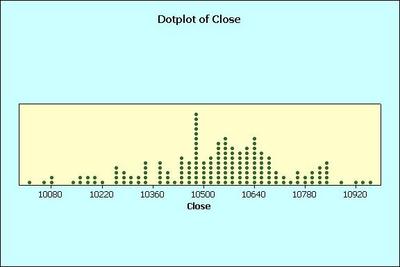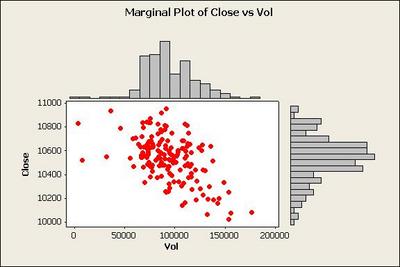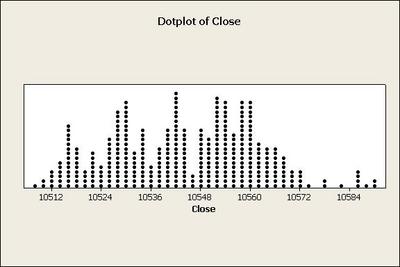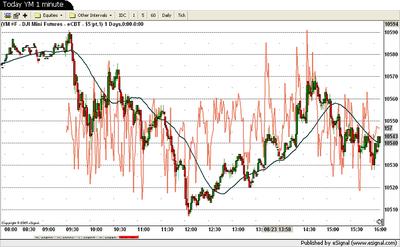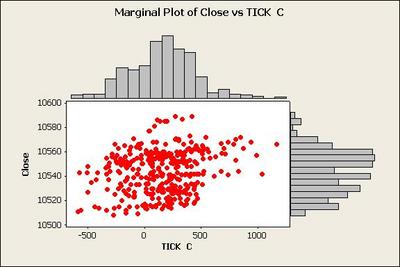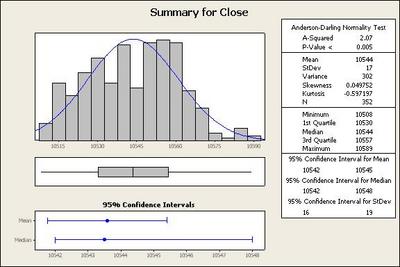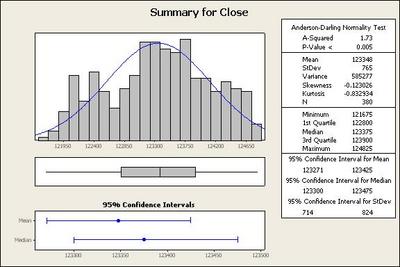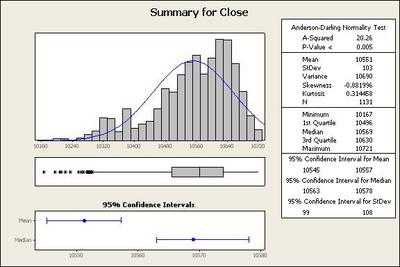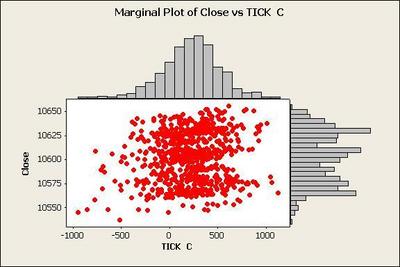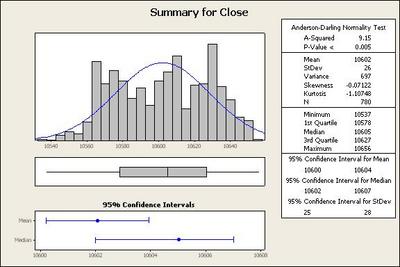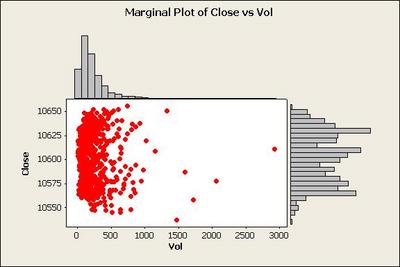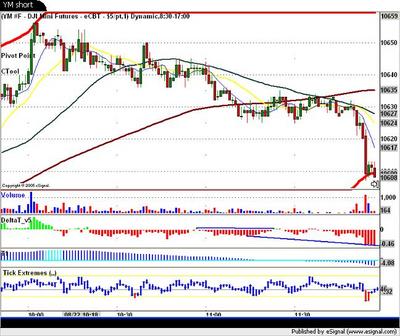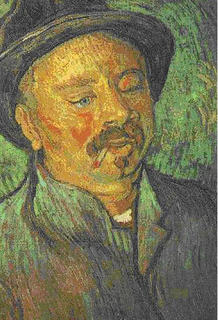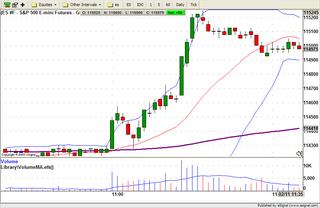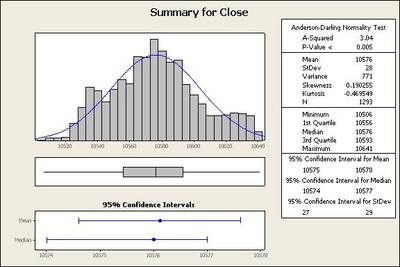
Part of the purpose of Trading Stocks often is to set your own schedule and be your own boss. Trading stocks does not include the inconveniences of long commutes. In many cases the commute to work is a short walk around the house. For those traders who previously owned businesses they may have viewed the idea of making a living without employees as desirable. Also a plus might be that there are no fussy clients to deal with and if previously employed, no more boss.
Think of all the freedom that trading can bring you if you are successful. You can live where you want and not have serious financial worries, you can schedule your own life around what you want to do. You will always have this seemingly ideal way of producing income. If you become proficient at it and you wish to remain active in the markets late in life there will be no need to retire or try to live off of savings alone.
Could anyone imagine a more ideal job or lifestyle? What could go wrong, assuming that one has developed a workable trading plan and can execute it and can make money trading stocks?
When a trader first attempts to make a living or trade full time he begins quite an adventure. He does this without any assistance from previous associates. If he daytrades on line he can spend a considerable amount of time learning his craft, all somewhat in relative isolation. Sometimes he is stressed unusually just as he might be in trying to learn any other profession on the job. He is often alone with his computer screen and stocks 8-12 hours a day, trading and researching the best buys and learning to apply what he has been told would work. Very few people have a good understanding of the stock market. He is likely to find some communication in stock chat rooms or bulletin boards if he uses these.
But more likely than not his wife, his girlfriend friends or family is not going to really follow the complexities of what he is doing. Distractions can occur from life events in the middle of work which if they had occurred in previous jobs may not have been critical, but might cause serious trouble to a trader.
It is not hard to spot such as distractions. Not every trader works to eliminate these and their trading suffers from that fact. It can get so noisy that the noise in the markets is nothing compared to his personal life. Such things as a trading station that is set up to invite distractions cost money. Would kids running in and out distract an advertising manager or a chess player? A running feud with a wife or husband about something completely unrelated to trading could be a burden. A heat wave without a fan or working air conditioner could distract. When a person is trading with distractions present he is more likely to violate his own trading system and to lose money. This can cause upsets, not only for the trader but sometimes for those in his life or who are around him. At times a trader is faced with someone who in one way or another does not wish him well in his family or personal life. Custody disputes, divorces, intrusive relatives and unresolved past problems can sometimes worry him. They are in fact more likely to concern him than if he were away from his house at a job or business. He is less likely to have anyone to talk with about any of these to help resolve these situations if they involve his immediate family.
One other factor is present with many traders that are serious about learning their craft. New traders often take no breaks from it, passing up any freedom that they thought they would have to learn their craft.
This can all add up to an introverted and sometimes bitter trader. After all, this was supposed to be fun and liberating, right? There are steps that need to be taken to prevent a trader from going out of communication with his family and friends. He also needs to take care of himself physically as he is not getting exercise sitting in front of a computer and may let his diet slip also.
The entire purpose of trading stocks for a living fails when a trader becomes so caught up in his trading that he lets his personal life deteriorate, or become enmeshed with his profession of trading stocks. What exactly is the point to trading for a living if you are working twice as long daily and with almost no one to talk to that understands or shares your situation? What exactly is the point if you don’t take the time off or the vacation when the market is slow or when you feel like you need a break?
An introverted trader may be stuck in life’s problems. Discussing the traders’ life and trading conditions and getting them to a point where the trader is not constantly upset by some problem is a key to his success. Getting the trader to realize and stick with the purposes he had to trade for a living allows him to accomplish them.


